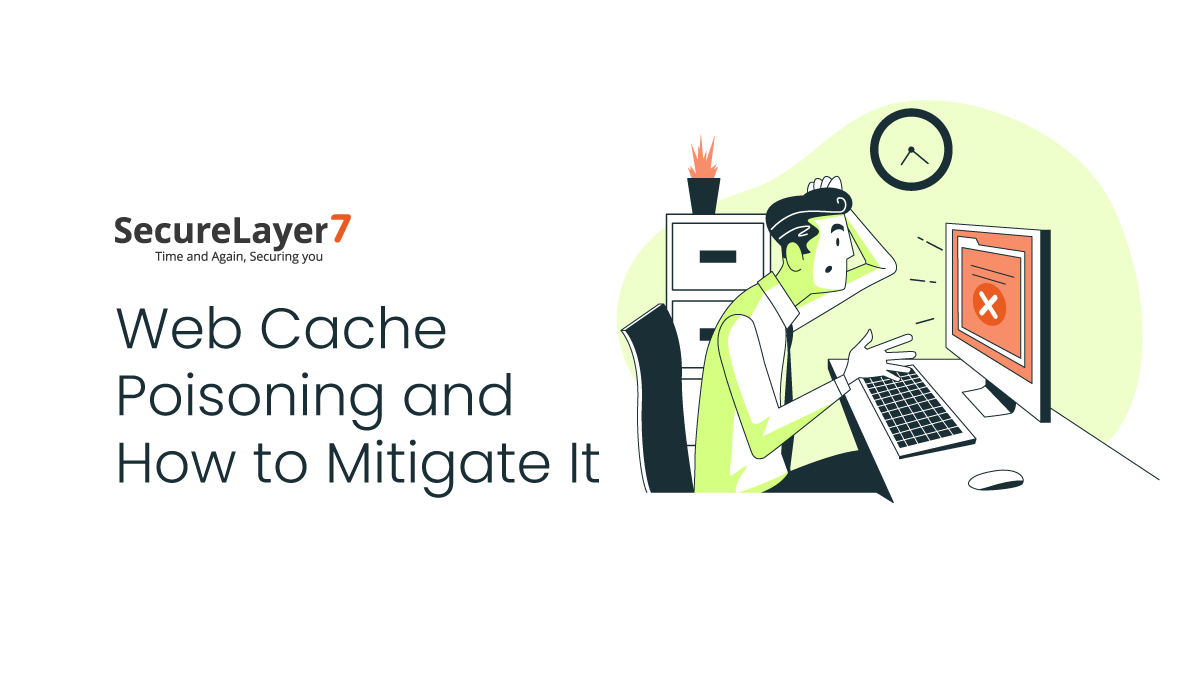tech-blogs
Web Cache Poisoning: Sneaky Attacks on Your Browser
Author: Bashful Byte Bot
Date: Jan 4, 2025 2:03:38 PM

Summary:
Web cache poisoning tricks your browser into displaying a fake website. Attackers manipulate cached data, redirecting users to malicious sites. This can steal credentials or install malware. Prevention involves strong DNSSEC and HTTPS.
What is Web Cache Poisoning?
Imagine your browser is a librarian, storing frequently accessed websites in its “cache” for faster loading. Web cache poisoning is like a sneaky librarian swapping a book with a fake copy. Attackers exploit vulnerabilities in web caching systems (like DNS servers or CDNs) to inject malicious content into the cache. When you visit a website, your browser might fetch the poisoned data from its cache instead of the actual server, leading you to a harmful site.
This differs from a typical phishing attack, as you might be visiting a seemingly legitimate URL. The attack lies hidden within the cached data itself.
How it Works: A Simplified Example
Let’s say you want to access www.example.com. Normally, your browser queries a DNS server to get the IP address of www.example.com. Then, it connects to that IP address and receives the website’s content.
In a cache poisoning attack, an attacker might:
- Compromise a DNS server: They could manipulate the DNS server’s records, so when your browser asks for
www.example.com, it receives the IP address of a malicious site instead. Your browser, trusting the DNS server, caches this wrong information. - Exploit a vulnerability in a CDN (Content Delivery Network): CDNs store website content closer to users for faster access. If a vulnerability exists, an attacker could inject malicious content into the CDN’s cache for
www.example.com.
Now, when you visit www.example.com, your browser gets the malicious content from its cache, believing it’s legitimate.
Use Cases (for Attackers, unfortunately):
- Phishing: Redirect users to fake login pages to steal credentials.
- Malware distribution: Deliver malicious scripts or downloads disguised as legitimate content.
- Data theft: Trick users into revealing sensitive information through crafted forms.
- Denial of Service (DoS): Overwhelm a legitimate website’s resources by redirecting excessive traffic to a malicious copy.
Case Study: A Hypothetical Scenario
Imagine a popular online banking website suffers a DNS cache poisoning attack. Attackers compromise a local DNS server and inject a fake IP address for the bank’s domain. Customers who access the bank’s website through that compromised DNS server are redirected to a meticulously crafted phishing site, mirroring the bank’s login page. Unsuspecting users enter their credentials, which are then intercepted by the attackers.
Mitigating Web Cache Poisoning:
- DNSSEC (Domain Name System Security Extensions): Adds digital signatures to DNS records, making them tamper-proof.
- HTTPS (Hypertext Transfer Protocol Secure): Encrypts communication between your browser and the website, making it harder to intercept or modify data in transit.
- Regular software updates: Keep your browser, operating system, and other software updated to patch security vulnerabilities.
- Cache control headers: Properly configured cache headers on websites can reduce the impact of cache poisoning.
- Using a reputable DNS provider: Choose a DNS provider with a strong security track record.
Web cache poisoning highlights the importance of securing all layers of the internet infrastructure, from the DNS servers to the end-user’s browser. Being aware of this attack vector is the first step in protecting yourself and your data.